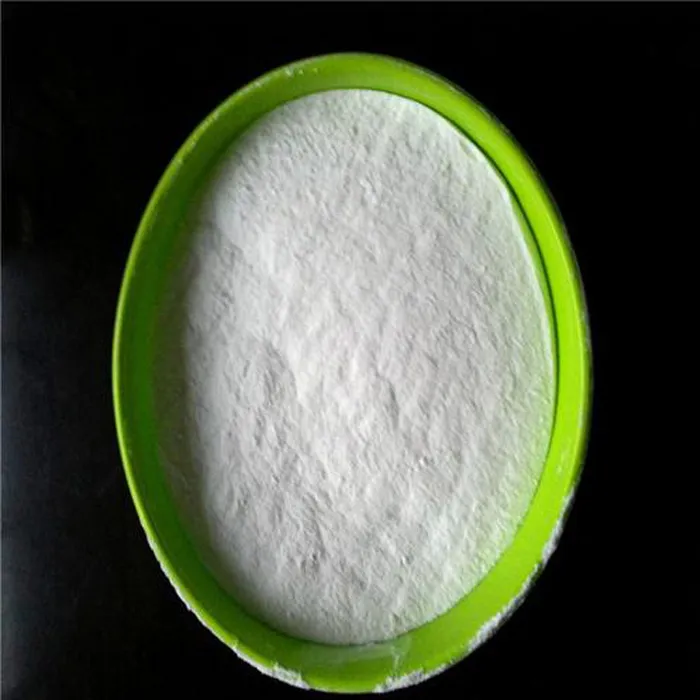Chemical Usage in ETP Plants An Overview
Effluent Treatment Plants (ETP) play a crucial role in managing wastewater generated from industrial processes. The treatment of this wastewater is necessary not only to comply with environmental regulations but also to protect public health and preserve natural water bodies. A key aspect of the functioning of an ETP is the use of various chemicals, which facilitate effective treatment processes. This article delves into the types of chemicals commonly used in ETP plants, their functions, and the importance of their controlled use.
Types of Chemicals Used
1. Coagulants and Flocculants One of the primary processes in ETP involves the removal of suspended solids from wastewater. Coagulants, such as alum (aluminum sulfate) or ferric chloride, are added to the wastewater to neutralize the charges of suspended particles, allowing them to come together or coagulate. These particles then form larger aggregates called flocs. Flocculants, typically polymer-based substances, are often used in conjunction with coagulants to enhance the floc formation process, making the subsequent sedimentation more efficient.
2. pH Adjusters The pH level of wastewater plays a critical role in the effectiveness of chemical treatments. Acidic or alkaline conditions can hinder coagulation and flocculation processes. Thus, chemicals such as lime (calcium hydroxide) or sulfuric acid may be added to adjust the pH to optimal levels, usually between 6 and 9.
3. Oxidizing Agents To degrade organic matter and disinfect the treated water, oxidizing agents like chlorine, ozone, or hydrogen peroxide can be introduced. These chemicals are effective in breaking down complex organic compounds and are essential for the removal of pathogens. However, careful monitoring is necessary to ensure that disinfection by-products do not exceed safe limits.
4. Defoamers and Antifoaming Agents Foaming can hinder the treatment process in an ETP, as it disrupts settling and can lead to operational issues. Defoamers and antifoaming agents are used to control foam formation. These can be silicone-based compounds or natural oils that effectively reduce surface tension, thereby minimizing foam.
5. Nutrient Supplements In biological treatment processes, such as activated sludge, specific nutrients like nitrogen (in the form of ammonium salts) and phosphorus (in the form of phosphoric acid) are crucial for microbial growth. These nutrients promote better biodegradation of organic materials and are carefully added to maintain the necessary balance.
chemical used in etp plant

Importance of Chemical Management
The use of chemicals in ETP plants must be meticulously managed to achieve optimal efficiency while minimizing potential environmental impacts. Overuse or misuse of chemicals can lead to adverse effects, including
- Toxicity to Aquatic Life If treated effluent containing residual chemicals is discharged into water bodies, it can adversely affect aquatic ecosystems. Effluent standards imposed by regulatory bodies often include limits on residual chemicals.
- Sludge Management Challenges Excessive use of coagulants and flocculants can lead to the production of large volumes of sludge. Proper disposal of this sludge is necessary to prevent land and water contamination.
- Operational Costs Inefficient chemical usage can increase operational costs significantly. Therefore, ETP operators must optimize chemical dosing strategies through continuous monitoring and adjustment based on real-time data.
Conclusion
In conclusion, the effective treatment of industrial wastewater in ETP plants hinges on the careful and strategic use of various chemicals. Coagulants, pH adjusters, oxidizing agents, defoamers, and nutrient supplements each play critical roles in ensuring that wastewater meets regulatory standards before discharge. As industries continue to expand and environmental regulations become stricter, the need for efficient and responsible chemical management in ETP plants will only become more pronounced. By embracing advanced monitoring technologies and sustainable practices, ETP facilities can enhance their treatment processes while safeguarding the environment and public health.

